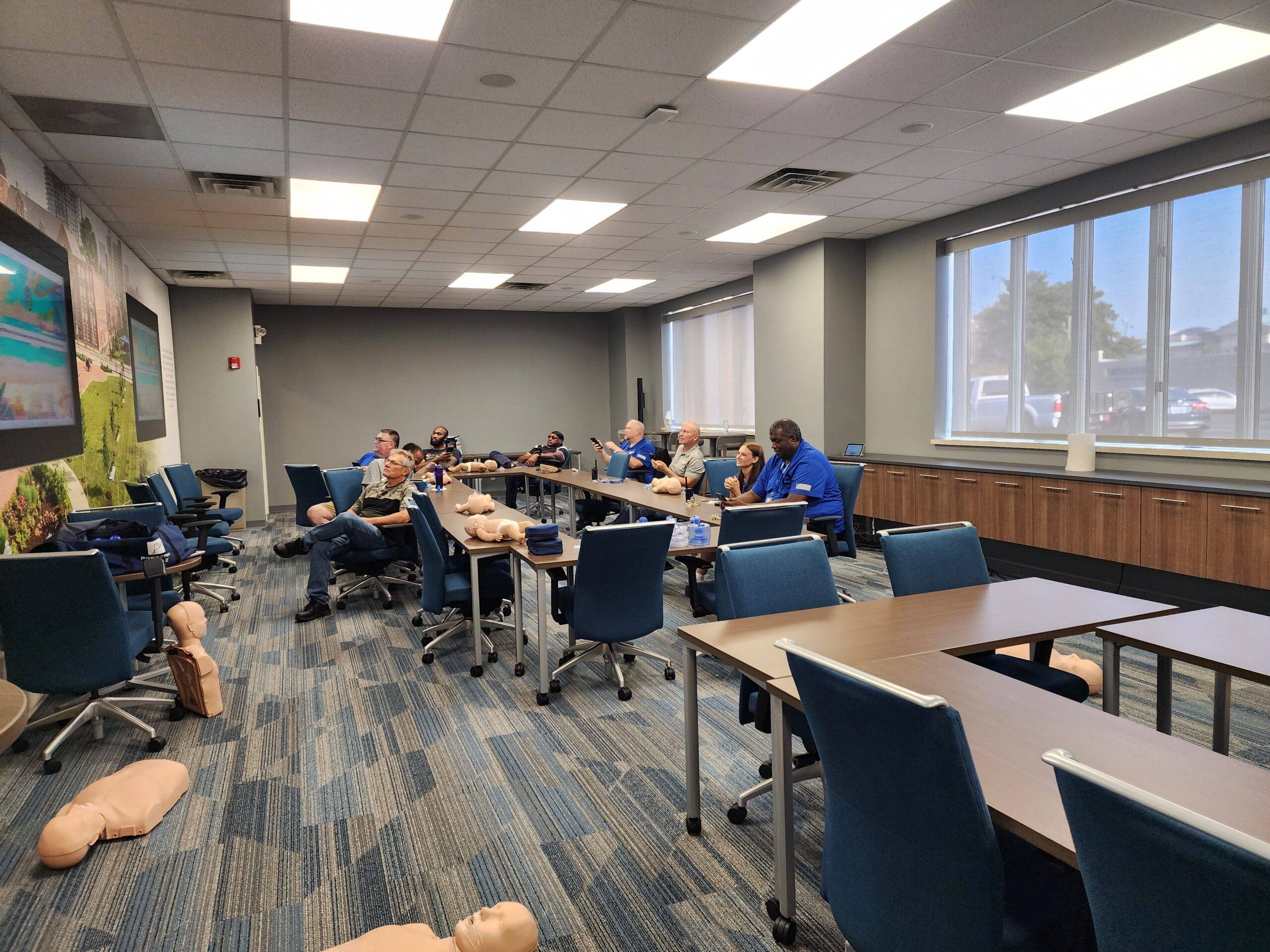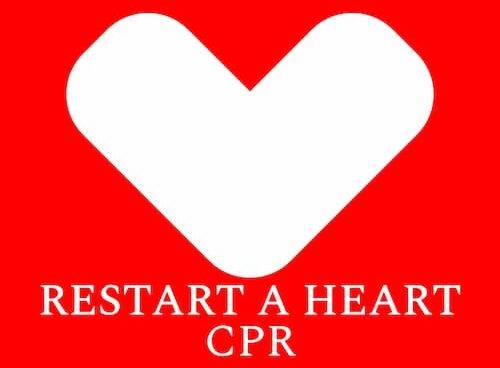
CPR Education
What is CPR?
CPR, or Cardiopulmonary Resuscitation, is an emergency lifesaving procedure that is initiated when a person has stopped breathing and the heart has stopped beating. CPR compressions mimic a beating heart, therefore promoting continuous blood flow through the body and to the brain until advanced medical professionals arrive. Effective CPR provides a victim with 30 quality compressions and 2 rescue breaths (mouth-to-mouth).
When to Administer CPR?
CPR should be administered when a person is:
- Unconscious
- Not breathing normally (gasping, grunting is not normal)
- No breathing or heartbeat
Who should become certified in CPR?
Anyone! Restart a Heart strives to provide the best instruction to ensure attendees are prepared for any emergency situation by learning best practice skills that align with American Heart Association standards.
- All Healthcare Providers/Professionals
- CNAs, Doctors, Nurses, Physical Therapists, In-Home Medical Care, All Physician Office and Hospital Staff
- Emergency Responders
- Police Officers, Firefighters, Electric & Water Employees, Paramedics/EMTs
- Educators
- All School Staff, Child Care Staff, Church and Youth Group Leaders, Sports Coaches
- Manufacturing and Labor
- Construction Workers, Manufacturing Employees
- Other Professions
- Personal Trainers, Swim Instructors/Lifeguards, Foster Parents, Restaurant Staff, Retail Staff
How to Perform Effective CPR
Chain of Survival

Performing CPR – Steps
- Check for response, look for signs of life
- Contact the Emergency Response System (911)
- Check Pulse at the carotid artery
- If no pulse, give 30 compressions using two hands, pressing hard and fast at a rate of 100 per minute
- Open the airway using head tilt-chin lift and administer 2 breaths watching for chest
- Repeat cycles of compressions and breaths for five uninterrupted cycles
- Reassess the victim and repeat if necessary
- If the victim has a pulse but is not breathing, give rescue breaths 1 every 5 seconds.
Why Do CPR?
- High-quality CPR could double or triple a person’s survival!1
- Approximately 350,000 people die from cardiac arrest outside of a hospital every year.1
- Lack of training is the main cause as to why less than half of victims are assisted with CPR procedures from by-standers. 1
- More than 85% of cardiac arrests occur in the victim’s home. 1
- When administering CPR as a by-stander, you are covered by the Good Samaritan Law, which means you are not legally liable for any injuries that may have been sustained during the CPR process. 1
- Quality CPR can provide 33% normal cardiac output and oxygenation. 1
- Only 18% of Americans say they’re up-to-date on their CPR certification. 1
- By learning CPR, you can help someone you love, or even a stranger, in an emergency situation. Knowledge is power when it comes to saving a life. Get certified with Restart a Heart CPR.
(American Heart Association, www.heart.org, 2023
